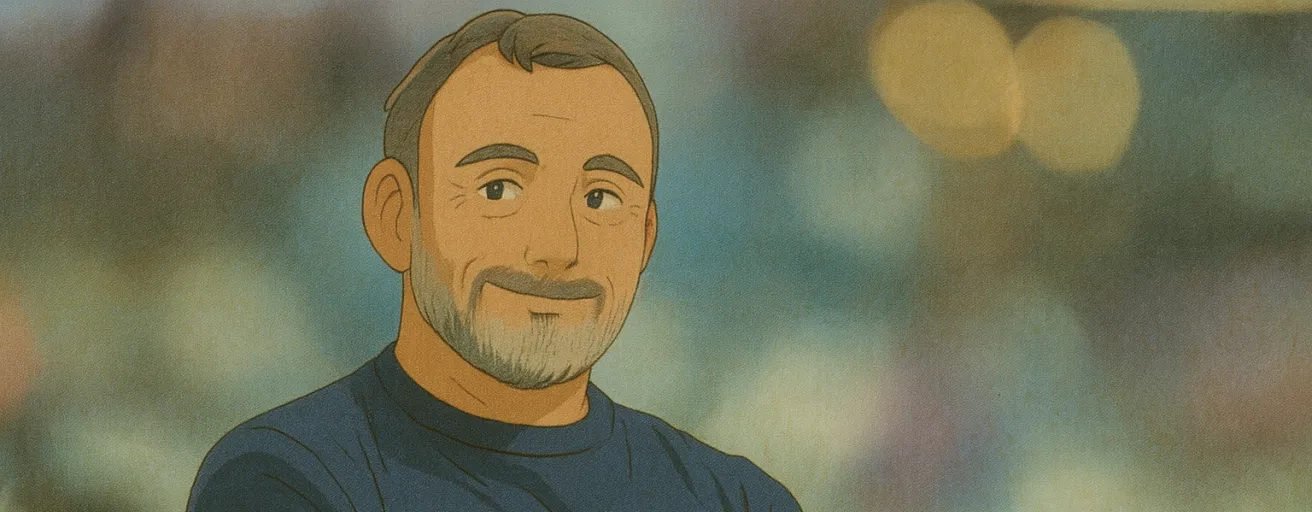
Franck Haise
Haise’s vertical transitions have turned Nice into Ligue 1’s most dangerous countering side—OM must outsmart his tactical rigor to stay ahead in the race.
Franck Haise has gradually established himself as a coach of genuine tactical merit in Ligue 1, notably affecting the competitive landscape for clubs like OM. Rising through modest beginnings, Haise’s evolution from Ligue 2 midfielder to respected bench leader is rooted in pragmatism and structure—traits that have allowed him to maximize underdog squads.
RC Lens Tenure
His public acclaim stems largely from his time at RC Lens, where his tenure culminated in an uncharacteristic second-place finish in 2022–23 and a subsequent foray into the Champions League. This trajectory not only underscores Haise’s aptitude for developing collective resilience but also marks a shift in the threat profile of clubs outside the traditional elite, forcing OM to recalibrate long-standing assumptions about mid-table opposition.
Tactical Philosophy
Strategically, Haise’s philosophy blends defensive rigor with rapid transitions—an approach that, while not revolutionary, has been implemented with above-average consistency. At Lens, he operated with a disciplined 3-4-1-2, marshaling resource-constrained squads into compact forms and relying on quick verticality upon ball recovery.
His switch to Nice has seen tactical adaptation, primarily to a 4-3-3, albeit with situational flexibility; he opts for a three-man back line against opposition that necessitates extra compactness on the counter. While this adaptation speaks to his capacity for nuance, these systems are not fundamentally novel. In practice, they adhere to contemporary Ligue 1 norms while displaying an ability to maximize player buy-in—a trait any top side, OM included, should covet but not overstate.
Recent Developments at Nice
Haise’s recent work at Nice is of immediate interest. Since his arrival in June 2024, he has revived a team previously languishing in tactical stasis. Nice’s attacking numbers have markedly improved, reaching 35 goals by mid-2024–25—a peak since 1978—but context matters. Much of this output relies on structured chance creation and the freedom given to attackers such as Guessand and Laborde, elements OM already possesses in its own ranks but, crucially, with higher individual ceilings.
Haise’s emphasis on collective discipline and pressing in structured blocks does amplify Nice’s efficiency, but their fragility persists, as evidenced by inconsistent Europa League displays. For OM, these tactical patterns present challenges in central buildup but also hint at exploitable wide areas, particularly if Haise reverts to a three-at-the-back setup under sustained pressure.
Adaptability and Tactical Nuance
A key concern for OM is Haise’s adaptability. His willingness to modify pressing cues or alter formations in response to in-game developments offers Nice a measure of unpredictability. Successes such as the tight win against Reims—engineered by targeted pressing triggers—highlight his ability to fine-tune systems.
However, it must be said that these are marginal gains built on collective buy-in, not elite-level star power. OM, with a deeper, more technically gifted squad, should be able to dictate matches rather than react. Haise’s strength lies in maximizing the sum of lesser parts, which, with all respect, is not a situation OM should aspire to emulate in full, but there are details in game management and scenario-based training worth assimilating.
OM Perspective
From an OM-centric vantage, Haise’s Nice currently sits in the league’s upper echelon but without displacing the confidence in OM’s own project. The true threat level is moderate—dangerous in one-off encounters or if OM underestimates their discipline, but lacking the creative volatility or consistent continental output required to genuinely unsettle Marseille’s ambitions.
Haise’s value lies more in his capacity to squeeze incremental improvement from average squads than in imposing a radically new paradigm. For supporters, Haise represents an example of shrewd resource management and coherent tactical blueprints; qualities OM should respect but expect to surpass.
Conclusion
His approach—while earnest and effective at extracting effort—should motivate OM’s administration and technical staff to preserve and enhance their current edge, not least by maintaining a culture of rigorous pressing and inventive, risk-oriented attack. If there is envy, it resides in the operational coherence with which Haise implements his ideas—a discipline OM should replicate, albeit with a higher order of ambition and technical standards. In summary, Haise at Nice is a threat to be monitored, a coach to study for details, but not a benchmark for OM’s highest aspirations.